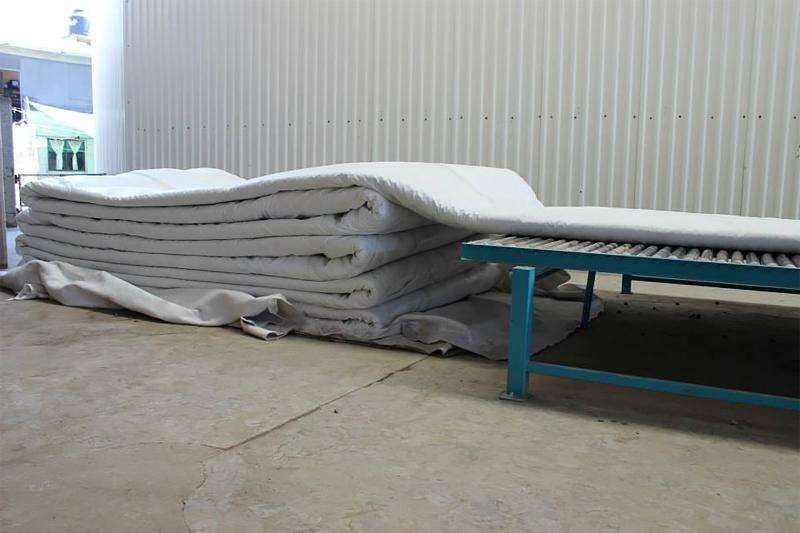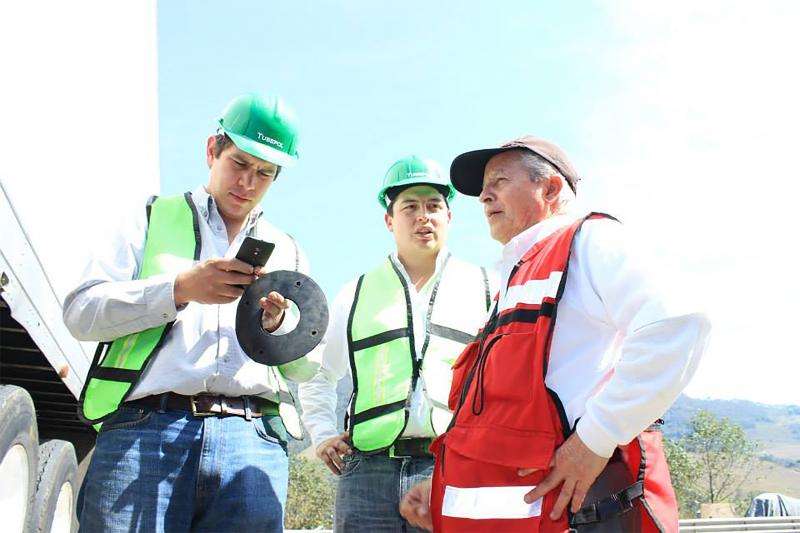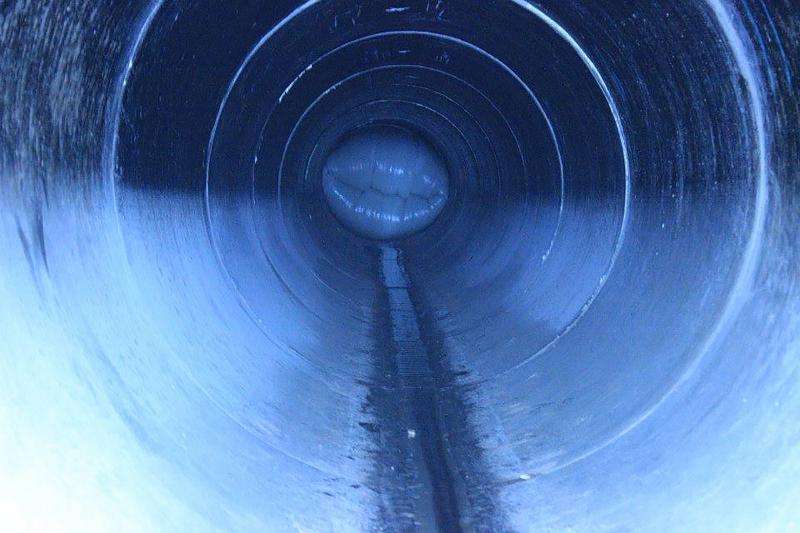Without excavation, entrepreneurs solve leakage in city pipelines

Tubepol is a company founded in 2012 by two graduates of the National University of Mexico (UNAM). Engineers Adrian Cordero Ibarra and Jorge Pérez Gavilán Paz created a comprehensive technology to renew piping without the need for excavation, ensuring it lasts 50 years, twice as long as traditional piping.
With their method, "Polymer Pipe Cured in Site," (TPCs) they resolved problems of leaks, cracks and filtrations in pipes that have fulfilled their useful life. The price is equivalent to the civil work, but with great social savings, given that there is no need for closing shops, stopping traffic or any risk of damaging public facilities.
Tubepol began by addressing the problem of rehabilitating pipes without having to drill. "We were in college and approached the System of Business Incubators InnovaUNAM to find ways to develop our idea. There, we found support, advice and training in management, accounting and marketing. We started to seek the solution and the right formula to develop our products," explained Adrian Cordero, CEO of the company.
"Our barriers were always money and lack of confidence from the people towards us because we are young; so one of the key points of our company is that we believe that we can do it, we trust Mexican engineering and that there are opportunities for young people. So we want to be an example of doing important things in this subject."
According to information provided by the team, in Mexico City there are 26 thousand kilometers of water pipes and drainage, of which about 8,000 are useless, with risk of collapse and resulting cuts in service. The rehabilitation process with Tubepol first involves performing a video inspection by feeding a camera through the pipe. Images are available in real time and identify the problem promptly. With the obtained data, Tubepol plans the rehabilitation process.

"We designed a polyester-felt sleeve, which is like a bag the size of the pipe with felt inside and an outer plastic layer; we impregnate it with a resin, take it to the site and through an access point, which is usually a strainer or a valve box, inflate the balloon and with steam provoke the resin to harden, which, along with the felt, creates a new pipe inside of the damaged one," said the UNAM graduate.
Tubepol can rehabilitate pipes from four inches in diameter to 72, reducing economic costs and time by manufacturing a pipe of 100 or 150 meters long in a single night, in comparison with conventional methods that can take up to three weeks. Other advantages are quick installation, structural strength, increased flow capacity and a solution to infiltration.
"In the end, we feel satisfaction when we see that one of the ideas we had while at the university became a company in which many people work, and also offers a valuable service for customers with social resonance. Now, we are looking for companies to acquire the technology and take it across the country," Adrian Cordero Ibarra concluded.

Provided by Investigación y Desarrollo

















